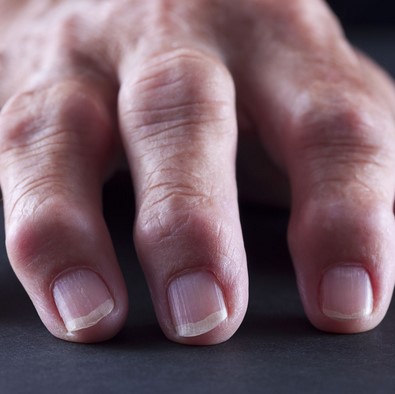
 One swollen finger with no injury can be a cause for concern. It can be a sign of an underlying medical condition or an infection. In some cases, the swelling may be due to an allergic reaction or an injury that has not been noticed. In any case, it is important to seek medical attention to determine the cause and receive the appropriate treatment. This article will discuss the possible causes of a swollen finger with no injury and the available treatments.
One swollen finger with no injury can be a cause for concern. It can be a sign of an underlying medical condition or an infection. In some cases, the swelling may be due to an allergic reaction or an injury that has not been noticed. In any case, it is important to seek medical attention to determine the cause and receive the appropriate treatment. This article will discuss the possible causes of a swollen finger with no injury and the available treatments.
What Causes One Swollen Finger with No Injury?
There are several possible causes of one swollen finger with no injury. These include an infection, an allergic reaction, or an underlying medical condition.
Infections can cause swelling in the finger, especially if the infection is in the joint or tendon sheath. Bacterial infections, such as cellulitis, can cause swelling and redness in the finger. Fungal infections, such as candidiasis, can also cause swelling and redness.
Allergic reactions can also cause swelling in the finger. Allergic reactions can be caused by contact with an allergen, such as a plant or food, or by taking certain medications.
Finally, certain medical conditions can cause swelling in the finger. These include rheumatoid arthritis, gout, and carpal tunnel syndrome.
If you have one swollen finger with no injury, it is important to see a doctor to determine the cause. Your doctor can perform tests to diagnose the cause and recommend treatment.
How to Treat Swelling in One Finger with No Injury?
If you have swelling in one finger with no injury, it is important to take steps to reduce the swelling and prevent further complications. Here are some tips to help you treat the swelling:
1. Rest your finger. Avoid activities that may cause further swelling or discomfort.
2. Apply a cold compress. Wrap a cold compress or ice pack in a towel and apply it to the affected area for 15-20 minutes at a time. This will help reduce inflammation and swelling.
3. Elevate your finger. Keep your finger elevated above your heart to help reduce swelling.
4. Take an over-the-counter anti-inflammatory medication. Non-steroidal anti-inflammatory drugs (NSAIDs) such as ibuprofen or naproxen can help reduce inflammation and swelling.
5. Wear a splint. A splint can help immobilize the finger and reduce swelling.
6. See a doctor. If the swelling persists or worsens, it is important to see a doctor for further evaluation and treatment.
By following these tips, you can help reduce the swelling in your finger and prevent further complications.One Swollen Finger with No Injury can be caused by a variety of conditions, including arthritis, gout, infection, and trauma. Treatment for the condition depends on the underlying cause. In some cases, the swelling may resolve on its own with rest and elevation. In other cases, medications, physical therapy, or surgery may be necessary. It is important to seek medical attention if the swelling persists or worsens.